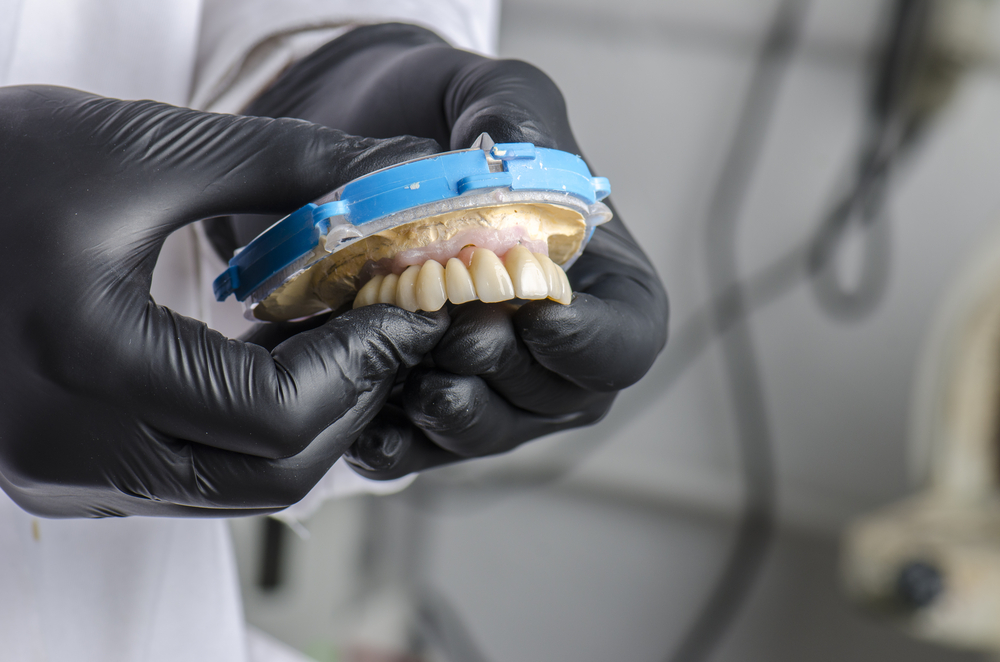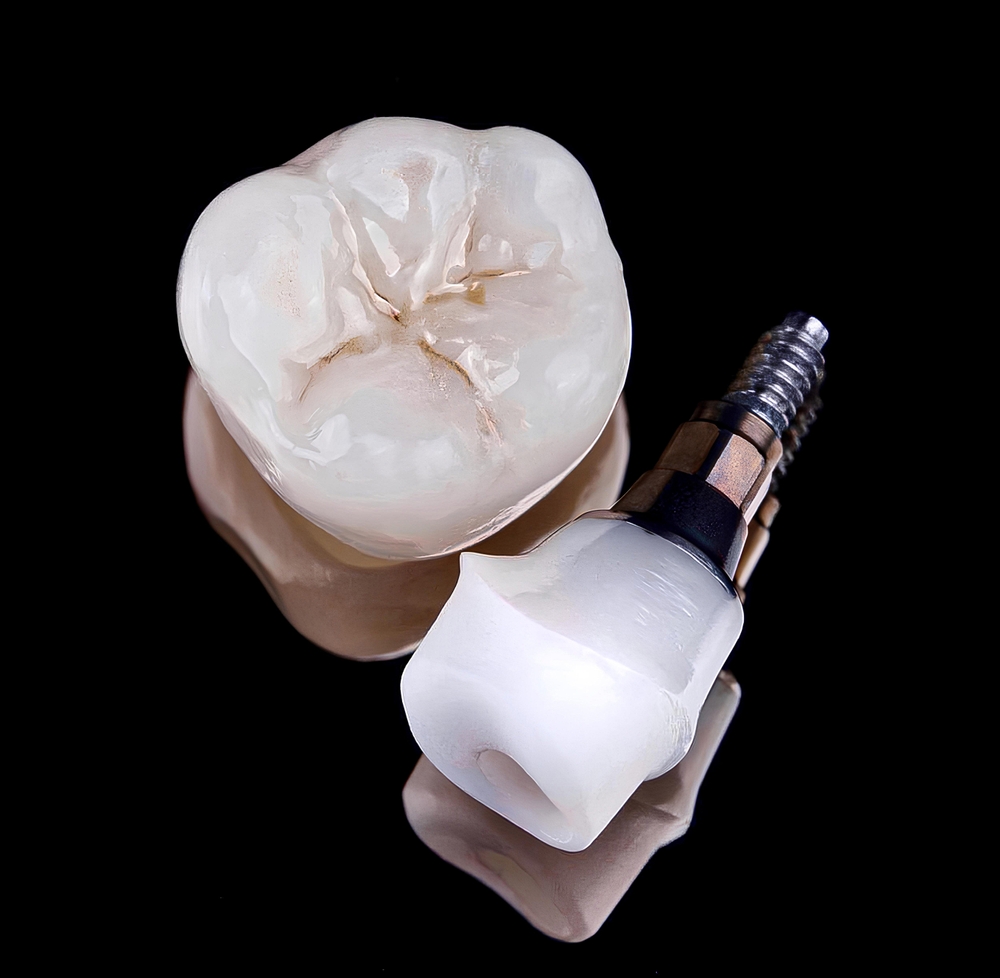Dental abutments play a pivotal role in the world of dentistry, particularly in dental implantology, which involves the restoration of missing teeth. The abutment is a component that serves as a connector between the dental implant—which is embedded in the jawbone—and the artificial tooth or teeth that are visible in the mouth. Understanding the different types of dental abutments and their uses is crucial for dental professionals and patients alike to ensure successful dental implant procedures. Here, we’ll explore the various abutments available and discuss their specific applications.
Standard Abutments:

Standard abutments are pre-manufactured and come in various shapes and sizes to fit the dental implants. They are designed to work with the most common implant sizes and are used when the position and angle of the dental implant are ideal.
Advantages:
- Cost-effective
- Readily available
- Time-saving as they require no additional manufacturing
Disadvantages:
- Limited customization
- May not provide the best fit in cases where patients have unique dental anatomy or implant placements
Custom Abutments:
Custom abutments are individually crafted to fit a patient’s specific dental anatomy. They are made after taking an impression of the patient’s mouth and the implant site, which ensures a perfect fit and alignment with the adjacent teeth and bite pattern.
Advantages:
- Tailored fit for better aesthetics and function
- Ideal for implants placed at challenging angles or positions
Disadvantages:
- More expensive
- Longer production time
Healing Abutments:

Healing abutments, also known as healing cuffs or caps, are placed on top of the implant during the initial surgery. Their primary function is to help guide the gum tissue to heal properly, thereby preventing it from overgrowing onto the implant site.
Advantages:
- Promotes proper tissue healing
- Easy to replace with a permanent abutment once healing is complete
Disadvantages:
- Temporary solution; not for long-term use
- Additional procedure required to replace with a permanent abutment
Angled Abutments:

Angled abutments are used when dental implants are inserted at an angle due to bone quantity or quality issues, or to avoid anatomical structures such as nerves or sinuses. These abutments correct the angle of the implant to align properly with the crown or bridge.
Advantages:
- Allows for the use of implants in cases where straight placement is not possible
- Improves aesthetics and function by aligning the prosthesis with the natural teeth
Disadvantages:
- Requires precise planning and placement
- Potential for increased complexity in restoration fabrication
Multi-Unit Abutments:

Multi-unit abutments are used when fabricating a bridge or denture that is supported by two or more implants. They provide a stable framework for the dental prosthesis by distributing occlusal forces evenly across multiple implants.
Advantages:
- Suitable for full arch restorations
- Ensures a secure fit for the prosthetic appliance
- Can be used in immediate loading protocols
Disadvantages:
- Requires accurate positioning of multiple implants
- More complex surgical and restorative planning
Zirconia Abutments:

Zirconia abutments are crafted from a ceramic material that is highly biocompatible and possesses a tooth-like color, which makes them a popular choice for front tooth implants where aesthetics are critical.
Advantages:
- Excellent aesthetic results due to their color and material
- Reduced plaque accumulation compared to metal abutments
- Biocompatibility reduces the risk of allergic reactions
Disadvantages:
- More brittle than metal abutments, which can be a concern in areas of high bite force
- Higher cost than standard abutments
How They Compare
| Type of Abutment | Description | Advantages | Disadvantages | Common Uses |
| Standard | Pre-fabricated to fit most implant sizes with a range of shapes and sizes. | Cost-effective, readily available, time-saving. | Limited customization may not fit all cases. | Ideal for straightforward implant cases. |
| Custom | Individually designed to fit the patient’s unique dental anatomy. | Tailored fit, better aesthetics and function. | More expensive, longer to produce. | Unique or complex implant placements. |
| Healing | Placed during the initial surgery to guide gum healing. | Promotes proper tissue healing. | Temporary, requires replacement with permanent. | Initial post-implant surgery phase. |
| Angled | Used for implants placed at an angle due to anatomical challenges. | Corrects implant angle for proper alignment. | Requires precise planning and placement. | Situations with angled implant placement needs. |
| Multi-Unit | Supports a dental prosthesis such as a bridge or denture on multiple implants. | Suitable for full arch restorations, stable fit. | Accurate implant positioning is crucial. | Full arch or multiple-tooth restorations. |
| Zirconia | Ceramic abutments that are tooth-colored for a natural appearance. | Aesthetically pleasing, biocompatible. | More brittle, higher cost than metal abutments. | Front tooth implants where aesthetics are crucial. |
Conclusion
In conclusion, the choice of dental abutment is a critical decision that affects the success and longevity of a dental implant. Each type has specific indications based on various factors such as the location of the missing tooth, the health and anatomy of the patient’s mouth, aesthetic considerations, and financial constraints. A well-chosen abutment not only ensures the functional integration of the implant but also contributes to the overall appearance of the patient’s smile.
By working closely with a dental professional who understands these nuances, patients can receive dental restorations that not only look natural but also provide comfort and durability. As dental technologies advance, we may see the development of new abutment materials and designs that promise even better outcomes for dental implant patients.




